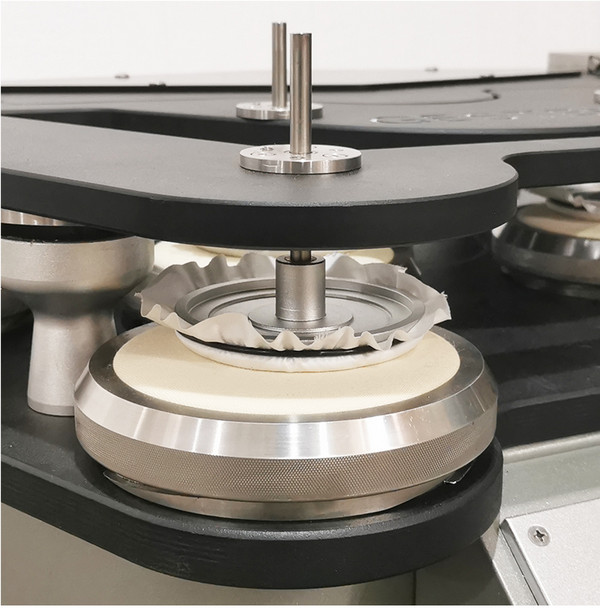- Qinsun Instruments Co., Ltd.
- Tell:+86-21-6780 0179
- Phone:+86-17740808215
- Address:No. 2578 Minhang District Gu Dai Road, Shanghai
- Contact:Mr. Li
- QQ:846490659
Selection of photoelectric direct reading spectrometer

A photoelectric direct reading spectrometer refers to an emission spectrometer that uses photoelectric conversion reception methods for simultaneous analysis of multiple elements. Due to the widespread use of inductively coupled high-frequency plasma light sources, photoelectric direct reading spectrometers occupy a major position in spectrometers.
The photoelectric direct reading spectrometer is generally adjusted by the manufacturer according to the user's analysis task before leaving the factory. The number of channels on the instrument, the range of analytical element content, and the selection of analytical and internal standard lines are fixed after adjustment. When selecting an instrument, the following precautions should be taken:
1. Selection of light source generator
To analyze multiple samples and elements, various generators are required. When simultaneously measuring multiple elements, choose an excitation method based on the measurement range.
Spark light sources are more suitable for simultaneous determination of multiple elements, such as quantitative analysis of alloy composition and impurity elements in metals. Arc light source is suitable for determining trace components in samples. The low-voltage capacitor discharge light source achieves a phased change in circuit parameters from arc to spark, which can be used for multi-purpose analysis.
2. Selection of Spectrometer
Generally, the selection is based on factors such as the analysis element and its measurement range, the degree of influence of adjacent spectral lines on the analysis line, and considering dispersion rate, measurement wavelength range, and brightness.
3. Selection of analysis lines
The spectral lines of analytical elements and internal standard elements should be selected with low influence from other element spectral lines and band spectra, and high signal-to-noise ratio.





